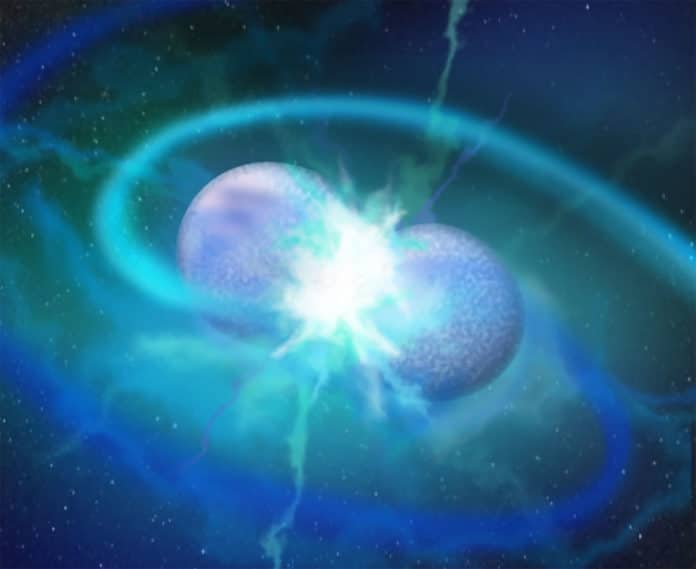helium-rich subdwarf O stars (sdOs) are hot compact stars in a pre-white dwarf evolutionary state. Their atmospheres are helium-dominated. The situation becomes more puzzling as the new stars have temperatures and radii that indicate they are still burning helium in their cores. This property is usually seen in more evolved stars.
Recently, a team of German astronomers has discovered a strange new type of star covered in helium-burning ashes. The stars are believed to be formed by a rare stellar merger event.
In another study, Professor Klaus Werner of the University of Tübingen and his team explain these strange new types of stars.
Dr. Miller Bertolami of the Institute for Astrophysics of La Plata, lead author of the second paper, said, “We believe the stars discovered by our German colleagues might have formed in a very rare kind of stellar merger event between two white dwarf stars.”
Miller Bertolami said, “Stellar mergers are known to happen between white dwarfs in close binary systems due to the shrinking of the orbit caused by the emission of gravitational waves. Usually, white dwarf mergers do not lead to the formation of stars enriched in carbon and oxygen. Still, we believe that for binary systems formed with very specific masses, a carbon- and oxygen-rich white dwarf might be disrupted and end up on top of a helium-rich one, leading to the formation of these stars.”
Existing stellar evolutionary models can not fully explain the newly discovered stars. For this reason, the team needs refined models to assess whether these mergers can happen.
These models could help scientists better understand these types of stars. They could also get detailed insights into the late evolution of binary systems and how their stars exchange mass as they evolve.
Professor Werner said, “Normally, we expect stars with these surface compositions to have already finished burning helium in their cores and to be on their way to becoming white dwarfs. These new stars are a severe challenge to our understanding of stellar evolution.”
Journal References:
- Klaus Werner et al. Discovery of hot subdwarfs covered with helium-burning ash. DOI: 10.1093/mnrasl/slac005
- M M Miller Bertolami et al. An evolutionary channel for CO-rich and pulsating He-rich subdwarfs. DOI: 10.1093/mnrasl/slab134
